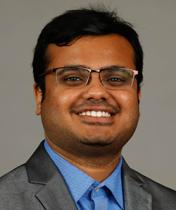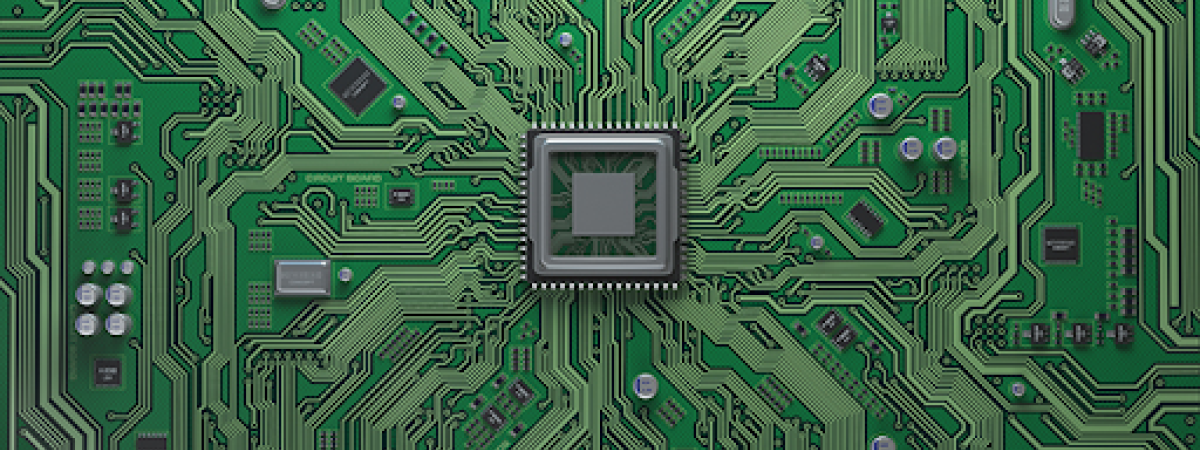The Case School of Engineering faculty are exploring new boundaries in healthcare with the use of embedded systems. Our researchers are aiming to develop improved output encoding methods for cochlea-like analyzers. The cochlea is the biological inner ear—a sensor that performs auditory frequency analysis over an ultra-broadband frequency range of ~20 Hz to 20 kHz with exquisite sensitivity and high energy efficiency.
We have developed neuron-like asynchronous event-generation circuits to encode cochlear outputs to improve frequency resolution without reducing temporal resolution.
We’re also creating the next generation of ultra-low-powered communication and sensory devices. Our researchers developed an atomically thin device able to receive and transmit signals across a radio frequency range beyond the human hearing limit.
Made from atomic layers of semiconductor crystals, they can sense or “hear” radio frequency signals across the highest reported dynamic range for vibrating transducers of their type.
Labs and Facilities
Students and researchers in the Department of Electrical, Computer, and Systems Engineering have access to state-of-the-art labs and facilities that support cutting-edge research and hands-on learning. Explore a current list of available resources in the General Bulletin, updated annually to reflect the most up-to-date offerings.
Meet Our Faculty

Vipin Chaudhary, PhD
Department Chair, Department of Computer and Data Sciences, Case School of EngineeringKevin J. Kranzusch Professor in Computer & Data Science, Department of Computer and Data Sciences, Case School of EngineeringEmail: vipin.chaudhary@case.edu
Phone: 216.368.0171

Gourav Datta
Assistant Professor, Department of Electrical, Computer, and Systems Engineering, Case School of EngineeringEmail: gourav.datta@case.edu

M. Hassan Najafi
Associate Professor, Department of Electrical, Computer, and Systems Engineering, Case School of EngineeringEmail: najafi@case.edu

Christos Papachristou, PhD
Professor, Department of Electrical, Computer, and Systems Engineering, Case School of EngineeringEmail: christos.papachristou@case.edu
Phone: 216.368.5277

Daniel Saab, PhD
Associate Professor, Department of Electrical, Computer, and Systems Engineering, Case School of EngineeringEmail: dgs3@case.edu
Phone: 216.368.2494


